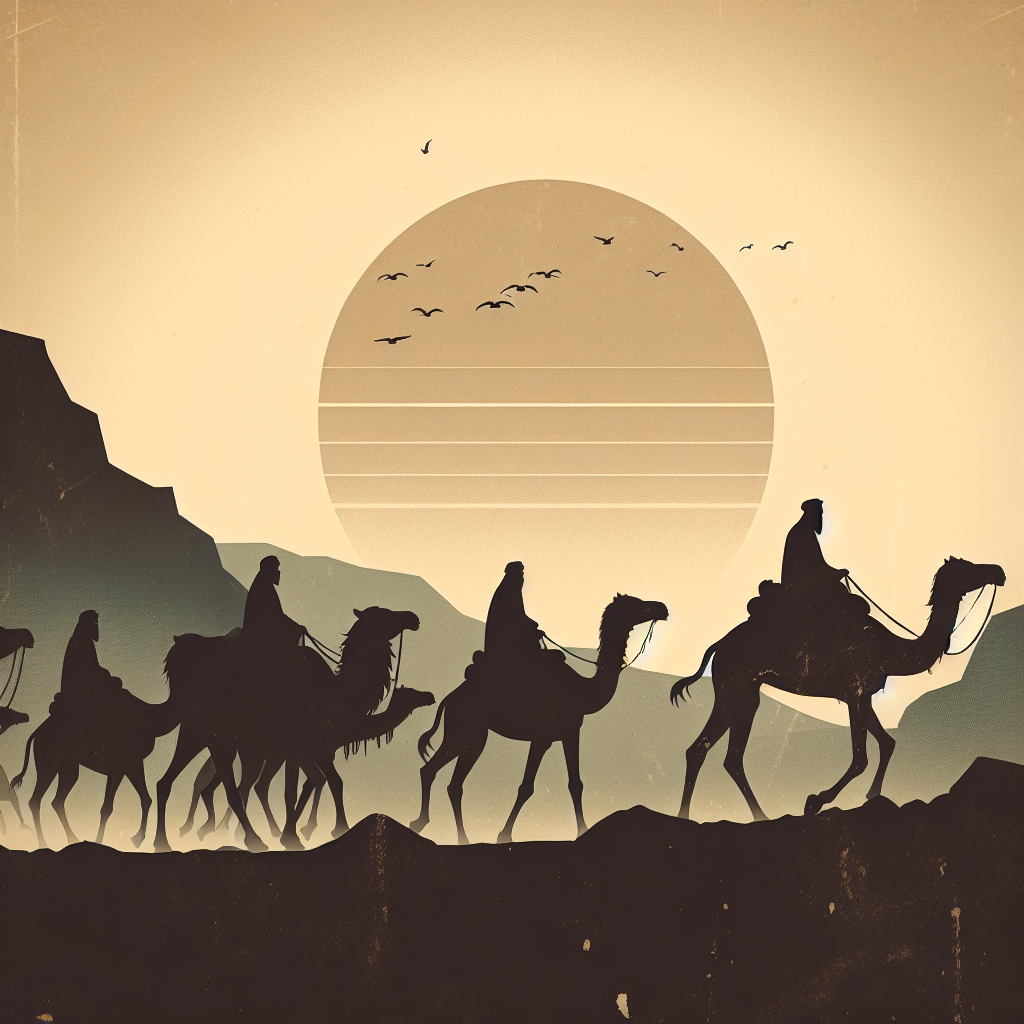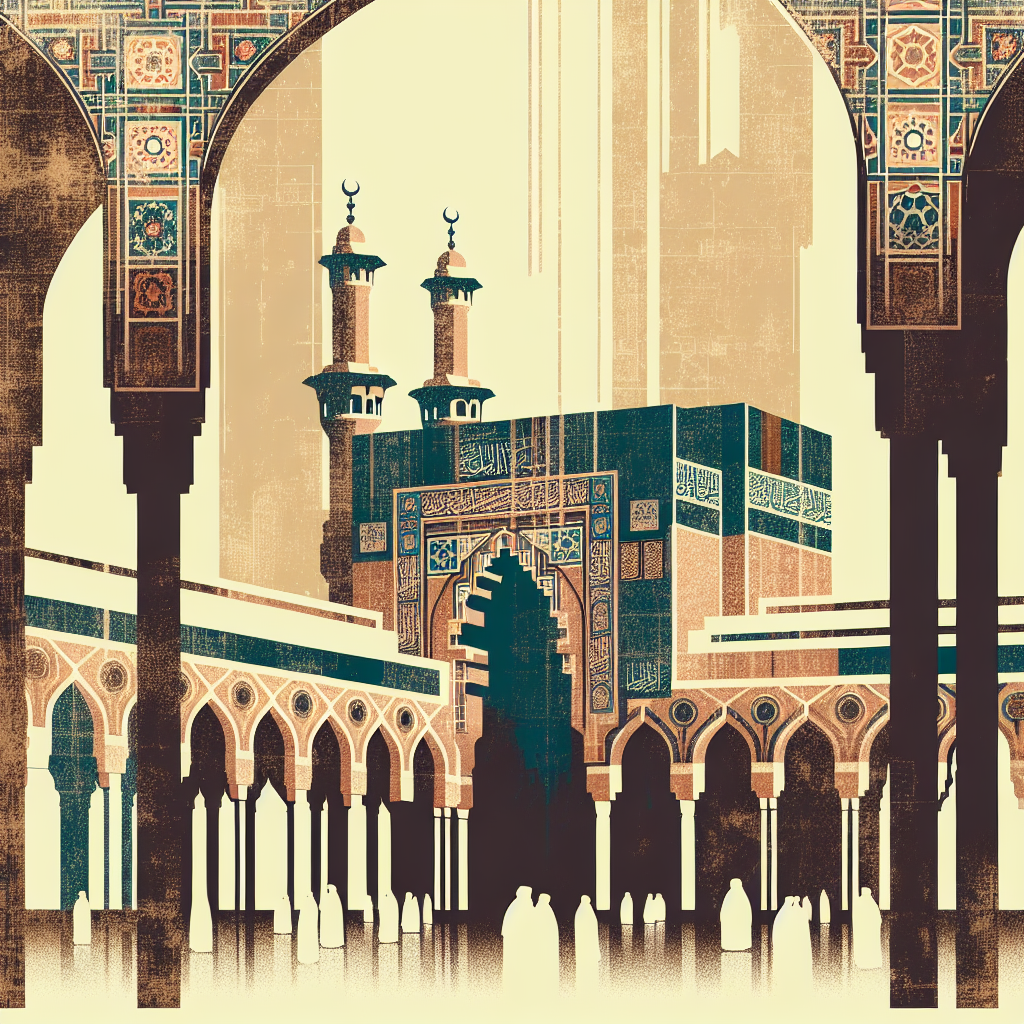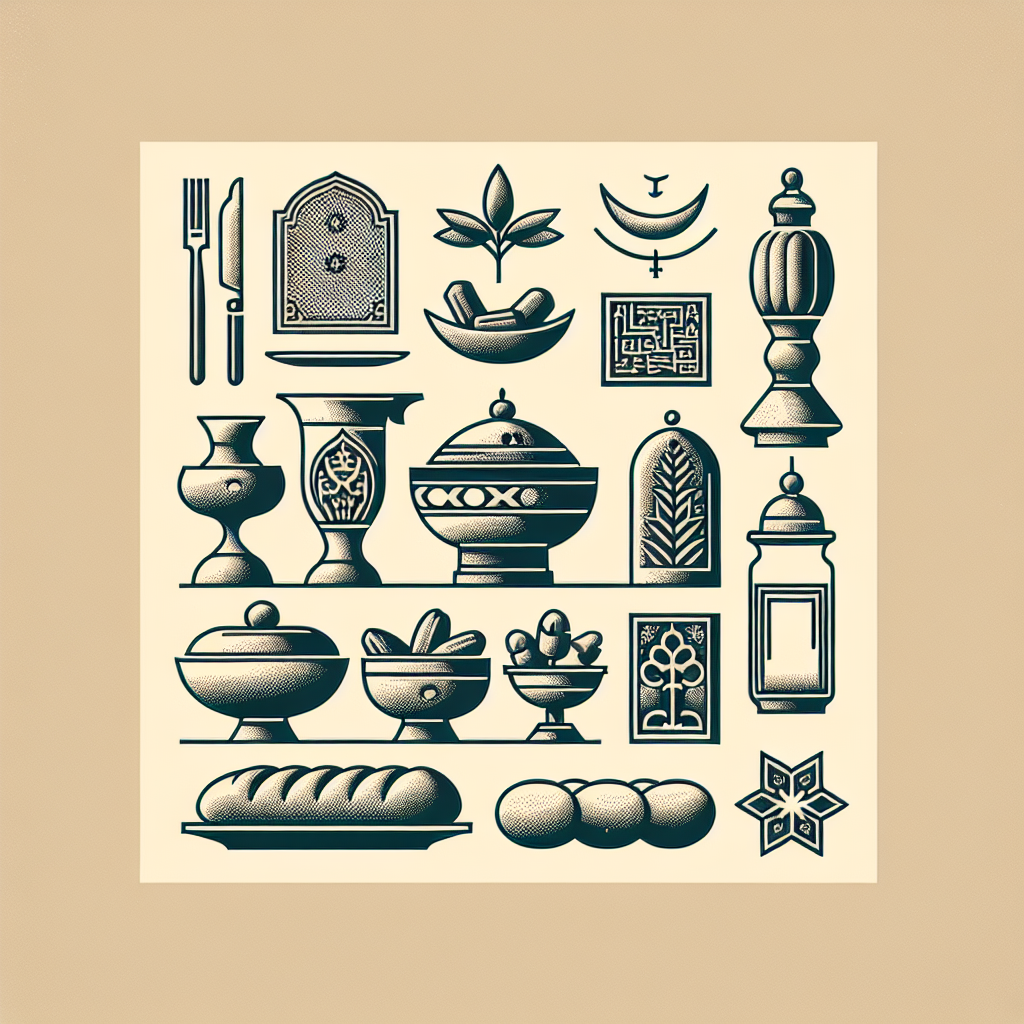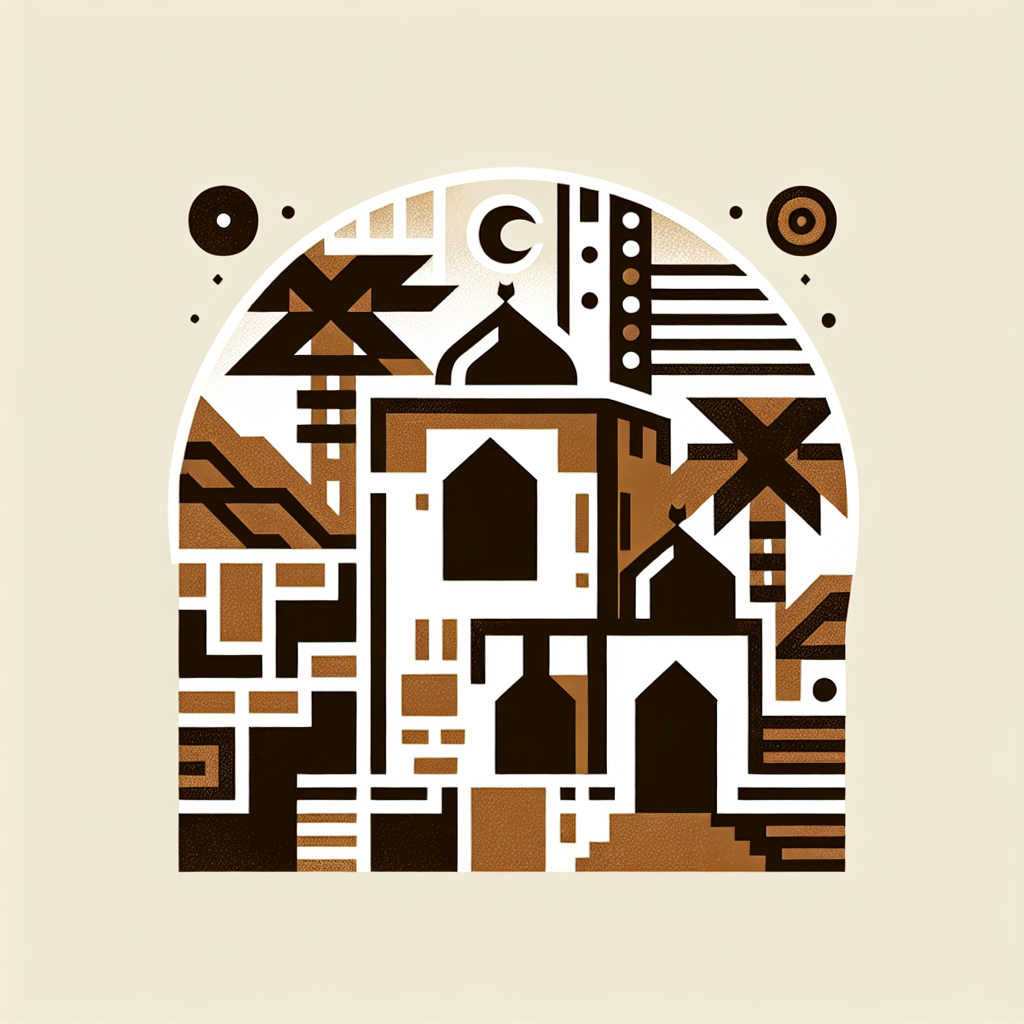Stepping through time, find yourself in the bustling trade hub of Mecca, Saudi Arabia, during the 630s CE. This is not just any city; it’s the birthplace of Islam, a religion that is about to transform this community and the world. Your journey here will be an exploration of contrasts and similarities with your time, a deep dive into social structures, transportation methods, religious practices, cuisine, entertainment, and architecture.
Contextualizing Mecca at the Time
You would notice immediately that Mecca thrives on trade. The city’s markets are alive with merchants from distant lands. But this isn’t just a commercial center; it’s also a spiritual nucleus undergoing significant change. Following Muhammad’s conquest of the city, you witness how polytheism gives way to monotheism. Islam begins to permeate every aspect of life here.
Socially, tribal hierarchies dominate interactions. Your status would be closely tied to your family and tribe’s standing within society. Yet amid these rigid structures, Islam starts to weave a new social fabric where believers are united by faith rather than bloodline.
As you walk through Mecca’s streets, the stark class distinctions might startle you. Wealthy traders pass by slaves carrying goods – a clear sign of social stratification. Tribal affiliations are evident in every interaction; these connections dictate one’s place in society.
However, Islam is reshaping this landscape. A shared belief system creates bonds among individuals from different tribes. You realize that your acceptance into this society would largely depend on tribal connections or religious brotherhood.
Experiencing Transportation and Movement

Patience becomes essential as you adjust to the slow pace of animal-based transport – camels lumber along trade routes while horses are reserved for those of higher status. The idea of hopping into a car or catching a flight is centuries away from being conceivable. Safety in numbers is a practical requirement when traveling through arid deserts and facing potential threats from bandits or wildlife. Caravans provide protection and community during long journeys across challenging terrains.
Immersing in the Religious Atmosphere


The omnipresence of religion in Mecca might feel overwhelming at first. You observe Muslims performing their five daily prayers with disciplined regularity. The Hajj pilgrimage brings together believers from all corners, emphasizing unity and devotion. Religious practices dictate not only spiritual life but also governance and community interactions. Sharia law begins to establish itself as the legal framework for all matters – personal conduct included.
Food and Entertainment


Curiosity peaks as you sample local cuisine – dates and bread become staples at every meal. Cooking methods are simple due to limited resources; roasting meat over an open fire or boiling it into soups is common practice.
Entertainment revolves around storytelling and poetry recitals, echoing modern narratives’ ability to captivate audiences despite differing mediums. Such activities reinforce cultural cohesion across time periods.
Architecture and Shelter


The use of local materials in construction commands your admiration for its resourcefulness – mud bricks form homes while palm trunks support roofs. Spaces within buildings serve multiple purposes due to limited resources: living quarters by day transform into sleeping areas at night. Despite lacking modern amenities like plumbing or electricity, these structures fulfill their primary purpose: providing shelter against harsh desert conditions while fostering communal interactions among residents.
Your visit to 630s CE Mecca has been an eye-opening experience filled with both familiarities – like communal dining on simple foods – and stark differences such as navigating tribal hierarchies or relying on camels for transport. Despite being set against a backdrop of historical transformation with Islam’s rise shaping societal norms, some human experiences remain universal: seeking sustenance, enjoying stories together, finding shelter among others. These threads connect us across centuries – asserting that no matter how much changes, some aspects of life remain unchanged.
References:
- Ruthven, Malise. Islam: A Very Short Introduction. Oxford University Press.
- Sardar, Ziauddin. Mecca: The Sacred City. Bloomsbury.
- Stepan Alfred. Sharia Law: A Beginner’s Guide. Oneworld Publications.
- Arberry A.J. Arabic Poetry: A Primer for Students. Cambridge University Press.
- Lings Martin. Muhammad: His Life Based on the Earliest Sources. Inner Traditions.
- Ahmed Leila. Women and Gender in Islam: Historical Roots of a Modern Debate. Yale University Press.
- Hathaway Jane. The Arab Lands under Ottoman Rule: 1516-1800. Pearson Education Limited.
- Arjomand Said Amir. Health and Sanitation in Islamic History: A Comparative Perspective.
- Lev Yaacov. Charity Endowments And Charitable Institutions In Medieval Islam.
- Hattstein Markus & Delius Peter. Islam: Art And Architecture.
- Whitcomb Donald. Patterns Of Everyday Life
- Aguirre Anthony. Camels In The Middle East And North Africa, FAO
- Zaouali Lilia. Medieval Cuisine Of The Islamic World: A Concortium Of Culinary Traditions, University Of California Press
- Marsh Christopher, Music And Society In Early Modern England, Cambridge University Press
- El Fadl Khaled Abou, Alcohol In The Islamic Middle East: Ambivalence And Ambiguity
- Tapper Richard & McLachlan Keith, Technology Tradition And Survival: Aspects Of Material Culture In The Middle East And Central Asia
- Peters F.E., The Hajj: Muslim Pilgrimage To Mecca And The Holy Places, Princeton University Press
- Khoury Philip S.& Kostiner Joseph, Tribes And State Formation In The Middle East

